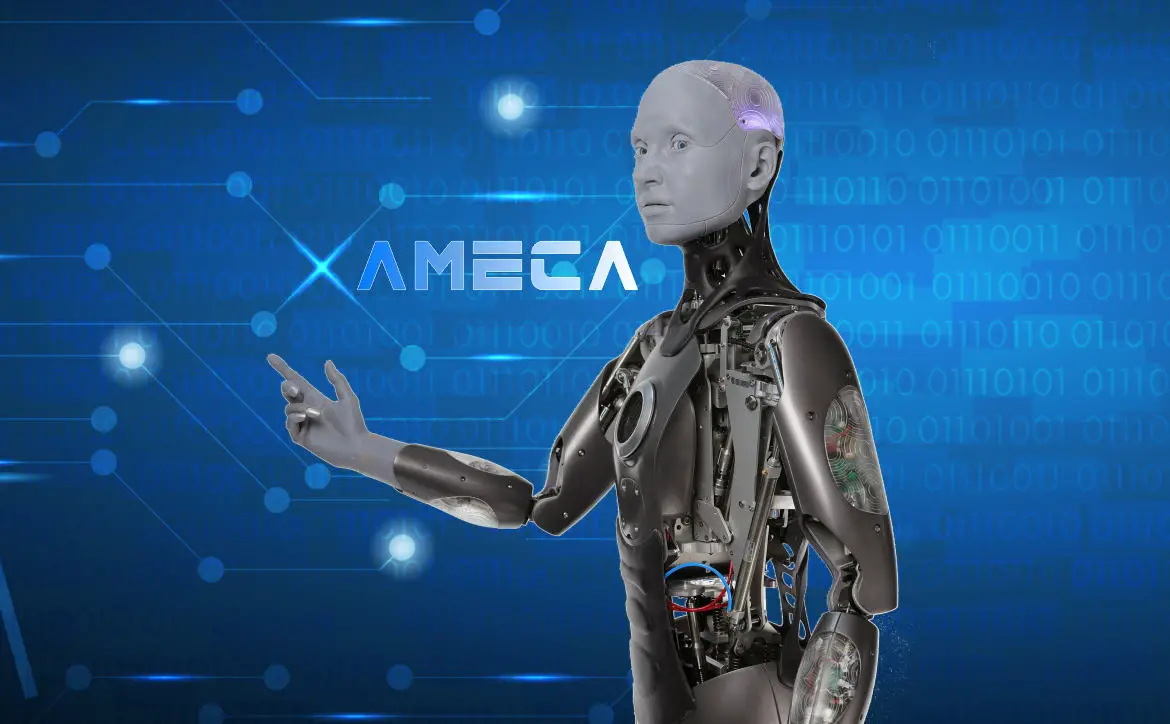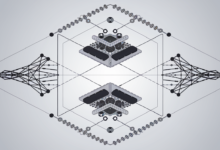
Understanding Deepfakes
Deepfakes are a present-day issue due to rapid progress in computer algorithms. They showcase the capabilities of artificial intelligence, particularly neural networks and machine learning. Machines can now analyze countless images and sounds to replicate a person's voice or face, creating the illusion that they're saying or doing something they're not.
A key component in deepfake creation is a generative adversarial network (GAN). This setup functions like a digital duel between two entities—one generating fake images and the other critiquing them. Each iteration improves the fakes, making them harder to distinguish from reality.
This technology isn't limited to malicious users. It can be used for creative and educational purposes, such as:
- Bringing historical figures to life in classrooms
- Adjusting film scenes without reshoots
However, negative uses threaten personal and public well-being. From fabricated political speeches to manipulated private content, deepfakes can erode trust in media.
Protecting against misuse requires effective detection tools and regulations. As deepfakes become more sophisticated, identifying them becomes increasingly challenging, creating an arms race between creators and those trying to expose the fakes. Industries and governments are taking steps to address these threats, aiming to keep up with the technology's advancement.
Ethical Implications of Deepfakes
The main ethical issue with deepfakes is the potential for privacy violations and infringement on personal autonomy. Manipulating someone's likeness without consent can cause psychological distress and reputational harm, especially when used maliciously, such as in non-consensual pornography.
Deepfakes can also contribute to misinformation, obscuring the boundary between fact and fiction. By creating convincing false stories, these digital forgeries can manipulate public opinion and undermine democratic processes. The impact isn't just political but personal; a falsified video of a public figure could lead to misunderstandings or panic.
Finding solutions requires collaboration among lawmakers, technology companies, and educators.
Clear regulatory frameworks must be established for deepfake creation and distribution, with penalties for misuse. Advances in detection methods are crucial to swiftly identify and mitigate harmful content. Education plays a vital role; promoting digital literacy can empower people to recognize misinformation and advocate for ethical media consumption practices.

Impact on Society and Democracy
Deepfakes can significantly affect society and democracy by shaping public opinion and weakening trust in media. This phenomenon, often called the 'liar's dividend,' allows individuals to dismiss genuine information as fake. During political campaigns, deepfakes pose a unique threat by creating false narratives that can influence election results.
The misinformation fueled by deepfakes presents another challenge. Public figures and ordinary citizens might find themselves falsely depicted in compromising situations, leading to public outrage and division. The speed at which these digital deceptions spread makes containment difficult.
The critical task is to design and implement effective systems to detect and neutralize the spread of deepfakes before they cause widespread damage. Cooperation among governments, media entities, and technology developers is essential to establish and maintain the integrity of digital spaces. Strategies such as:
- Improved fact-checking
- Media literacy programs
- Legislative measures
These must work together to mitigate the impacts of deepfakes on democratic institutions.
Legal and Protective Measures
The challenge in creating legislation for deepfakes is limiting harmful uses without hindering innovation or restricting free expression. Current legal frameworks often struggle to keep up with rapid AI advancements, emphasizing the need for informed and adaptable policies.
One approach involves enhancing existing laws on defamation, privacy, and intellectual property to explicitly cover synthetic media. Legislative efforts have also introduced bills specifically targeting deepfake technology, such as the DEEPFAKES Accountability Act in the United States, which aims to establish transparency requirements for deepfakes.
Cooperation between policymakers and technologists is vital for these initiatives to succeed. Technologists can contribute by developing accurate detection tools to identify deepfakes, assisting law enforcement and policymakers in tracking harmful content.
Freedom of expression remains a critical consideration. Any legal framework must respect this fundamental right, allowing for legitimate deepfake uses in art, satire, or education. The goal is to create a regulatory environment that discourages malicious activity without impeding technological progress.
Education and Awareness
Education and awareness are essential components in addressing the challenges posed by deepfake technology. Media literacy is fundamental to this effort, helping students develop skills to critically assess digital content. This includes learning to:
- Identify signs of deepfake media
- Understand the motivations behind its creation
- Recognize its potential impact
Teaching critical thinking skills is crucial in fostering a generation capable of discerning authentic media from fabricated content. Educators can implement exercises that challenge students to verify sources, cross-reference facts, and consider alternative perspectives.
Public awareness campaigns play a significant role in educating the broader population about deepfake realities. Governments, technology companies, and media organizations can work together to share information about the potential risks associated with synthetic media and provide guidance on how to identify and respond to suspect content.
It's also important for educational institutions and organizations to invest in training programs that keep educators informed about the latest developments in deepfake technology and its societal implications.
Deepfakes showcase advancements in AI while presenting challenges to information integrity. Adapting to these digital innovations requires fostering awareness and collaboration across various sectors to safeguard truth and trust within our society.
Get ready to revolutionize your content creation with Writio, the ultimate AI writing assistant! This article was crafted by Writio.
- Biddle S. US Special Operations Command wants to use deepfakes for psychological operations. The Intercept. March 6, 2023.
- Chesney R, Citron DK. Deep Fakes: A Looming Challenge for Privacy, Democracy, and National Security. California Law Review. 2019;107(6):1753-1820.
- DeLyser LA, Thomas-Capello E. Teaching about deepfakes in the classroom. Education Week. February 14, 2024.
- Ruane K. The ethical implications of deepfakes. Center for Democracy and Technology. 2023.








